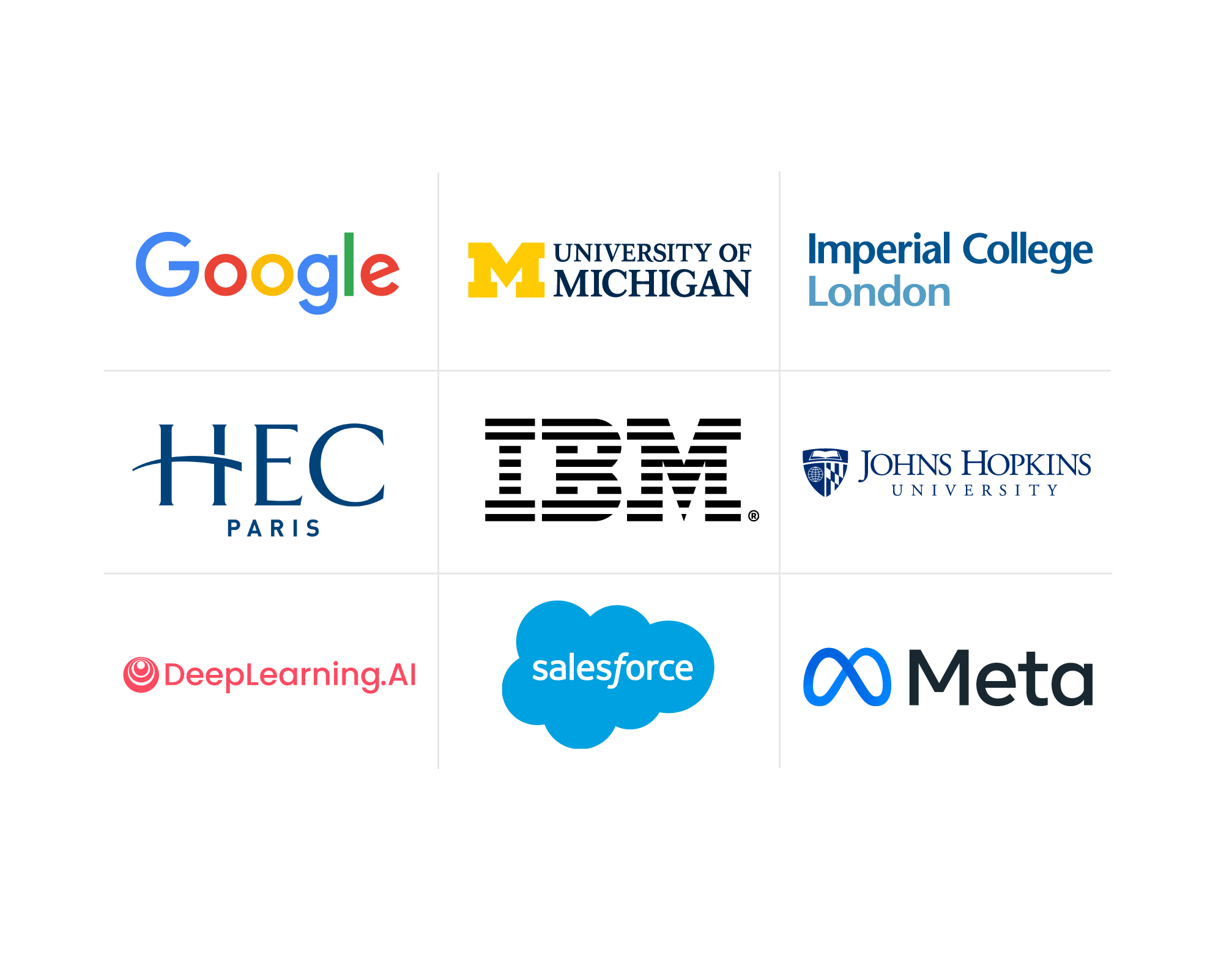Training Needs Analysis: A Tool to Drive Team Performance
Explore how training needs analysis can support your business’s growth and success by giving you the information you need to provide employees with the proper training, encouraging their satisfaction and leading to a more productive workplace.
![[Featured Image] A woman leads a team meeting.](https://d3njjcbhbojbot.cloudfront.net/api/utilities/v1/imageproxy/https://images.ctfassets.net/2pudprfttvy6/2NdwotTLqmxCWENA2XtX9Q/6d6e819415a6aa145ee25a6cdb364b2b/iStock-501653292.jpg?w=1500&h=680&q=60&fit=fill&f=faces&fm=jpg&fl=progressive&auto=format%2Ccompress&dpr=1&w=1000)
Every company aims to succeed and grow its business, something that training needs analysis (TNA) can help it achieve. TNA uses science, such as analytics, to develop learning further. It can also improve the workplace environment by allowing creative ways to motivate employees. TNA also identifies any skills gaps within an organization and its employees. A TNA will provide data-backed information to help you identify skills gaps within the organization and gain a more precise and focused view of the company’s needs while ensuring you align training opportunities with business goals and provide relevance to employees.
Analyzing gaps between each employee’s performance and the expectations of their respective roles helps uncover those gaps, the reasons they occur, and how to eliminate them. TNAs are a valuable tool to help you learn the current skills of their employees and develop effective training programs to provide any assistance.
Delve deeper into these helpful tools, which can help you gain critical insights into your workforce while ultimately improving performance.
Understanding the significance of TNA
TNAs assess employees’ skills and abilities in their current roles, giving you the data and information to provide the support and training necessary to optimize performance. You gain knowledge about how to explain expectations to employees, identifying which workers would perhaps be a better fit in a position other than their current one, and how to create a comfortable workplace. When you offer relevant learning and development opportunities, you provide employees with a clear demonstration of your appreciation, which can improve engagement and productivity. It can also increase employees’ loyalty and satisfaction, help future-proof the workforce, and give the company an ongoing competitive edge.
Read more: Employee Training: What It Is and Why It's Important
The role of TNA in driving employee performance and organizational success
A practical analysis of your company’s training needs will give you critical information about whether to develop a new training program or take another course of action to eliminate and remedy any gaps you find.
When approaching your own TNA efforts, consider the three levels of assessment you can use for conducting a TNA:
1. Individual assessment: An individual analysis offers excellent information about each employee, helping you pinpoint those who require training and in which areas. When assessing an employee, you can learn how they perform in their current position and if they can perform well in a different role.
2. Organizational assessment: This broader analysis empowers you to understand what skills, abilities, and knowledge are needed to succeed in addition to considering other factors that can affect the success of your business, such as changes and shifts in demographics, the economy, technology, and politics. Organizational assessments can often uncover information about company challenges and identify solutions while recognizing any structure and how to fix them.
3. Occupational or operational assessment: You use this assessment to identify any discrepancies or gaps between employees and the requirements of their positions and consider strategies to eliminate these issues.
Evolving trends in TNA
Companies often use an overall training program when hiring new employees, which can lead to a waste of resources and the possibility of discouragement among employees. That’s why connecting the right employees with the proper learning opportunities is essential. Those options are evolving in 2024, with emerging L&D strategies like the following:
Gamification: Making learning fun and offering various formats can help increase learning motivation and engagement.
Personalization: Customizing learning options to the needs and preferences of each learner can ensure optimal learning experiences and optimize results.
Microlearning: Offering learning opportunities in small chunks that don’t require much time away from work can increase performance while helping employees get through the material faster.
Analytics: Using data analytics allows you to continually assess how learning impacts the organization’s needs and refine your strategy accordingly.
The essential components of a comprehensive TNA
Identifying skills gaps and training needs is the critical first step in conducting a TNA. However, you must first determine the company’s objectives. Then, it’s essential to pinpoint the skills necessary to meet them. Assess business performance, the company’s strengths and weaknesses, and potential current and future threats to get a clear picture of what you will work toward. Then, you can begin the assessment process.
Critical TNA components include taking the following actions:
Identify performance gaps between employees’, teams’, or departments’ work and the requirements of their roles. By identifying these gaps, you can be proactive by offering the proper training to avoid ongoing issues.
Assess skills and knowledge levels by identifying employee competencies, including their abilities, skills, and knowledge to perform their jobs effectively, and recognizing if they need training to improve their capabilities.
Consider job roles and responsibilities and use that information to tailor your training program to the specific functions of each position, especially if the duties are new, you’ve recently adopted new technology, or the focus of the role has shifted. Create a list of competencies every employee’s role requires. If they are not effectively meeting these needs, develop an individual training program to provide the support necessary to help them succeed.
Analyze individual and team performance metrics by overseeing employees’ productivity and work quality to learn where performance gaps exist and where effective training can make a significant difference. Tracking performance provides information crucial to your company's success by following business trends and patterns.
Methods and approaches to effective TNAs
To maximize the information you get from a TNA, you must take a multifaceted approach. For example, it’s essential to interview employees in addition to using methods like distributing surveys and questionnaires, having employees complete self-assessments or evaluations of their peers, conducting performance reviews, and gathering feedback from managers and supervisors who are more entrenched in employees’ day-to-day performance.
A few methods to consider using to create your organization’s training plan include the following:
Surveys and questionnaires: Offer a valuable starting point and insight into how an employee’s skills match their job requirements. By providing first-hand, detailed data directly from each worker, these tools help you implement training programs tailored for each employee. You may apply them for self-assessments or peer evaluations.
Job analysis and observation: Require the leadership team to actively evaluate the employees under them, watching them in the work environment to gain a clearer picture of the areas they excel in and those that present more of a challenge.
Performance appraisals: Employees’ direct managers are in an ideal position to continuously assess their skills and performance. Identifying any gaps and determining the training required to eliminate them is also critical.
Feedback from managers and supervisors: Learning the effectiveness of your TNA from supervisors, managers, and higher-ups offers excellent insight into whether training programs are strengthening the company’s abilities.
Read more: Beginner’s Guide to Conducting a Training Needs Assessment

Balancing organizational goals with individual development needs
By first identifying the company’s needs, goals, and values and then conducting a TNA to determine where employees are in need of additional training, knowledge, or support to succeed in their roles, everyone wins. The results help the business meet those aspirations, individuals, teams, and the company can all reap the benefits of conducting a TNA. Research from Gallup indicates that investing in learning and development programs can double the likelihood of retaining employees and boost profitability by approximately 11 percent [1]. Doing so can also help you anticipate future trends and challenges in the industry.
Challenges and solutions in implementing TNA
Although training needs analyses offer numerous benefits, as previously discussed, it can also present potential obstacles, including getting everyone on board with the process. Managers and other stakeholders may need convincing that it’s worth the time and investment, which is why it’s essential you present the case for its value to the workforce and the company.
Other potential obstacles and their workarounds include:
Ineffective training: Don’t waste time and money on programs that aren’t effective. Instead, tailor programs to the needs of your workforce and your organization's goals, using feedback from prior learning opportunities to improve training options while ensuring everyone benefits.
Time: To make learning more convenient for employees, offer multiple forms, including on-demand options with online and mobile access. In addition to traditional in-person training, other learning choices may include virtual learning, self-guided audio or video sessions, or online training.
Lacking a process: In a recent survey by the Association for Talent Development, nearly one-quarter of respondents indicated they needed a more efficient framework to align business outcomes and training programs [2]. Building trust with employees and management, asking the right questions to glean essential insights, and taking ample time to make the necessary connections can help ensure more effective outcomes.
Train your team with Coursera
Conducting a training needs analysis can help you gain a valuable understanding of your organization's learning and development needs. Looking to start training your employees today?
Attract frontline talent, support internal mobility, and prepare workers for in-demand, digital jobs with Career Academy from Coursera. Featuring a curated catalog of guided tutorials and projects focused on high-value digital skills and tools, Career Academy offers competitive career development opportunities with training programs from industry leaders like Google, Salesforce, Intuit, Meta, and Ashok Leyland, among many others. Explore Coursera for Business to learn how to provide the technology training your business needs to be competitive.
Article sources
1. Gallup. “Improve Work Performance With a Focus on Employee Development, https://www.gallup.com/workplace/269405/high-performance-workplaces-differently.aspx.” Accessed August 28, 2024.
2. ATD. “Needs Assessment Obstacles to Avoid, https://www.td.org/insights/needs-assessment-obstacles-to-avoid.” Accessed August 28, 2024.
This content has been made available for informational purposes only. Learners are advised to conduct additional research to ensure that courses and other credentials pursued meet their personal, professional, and financial goals.


